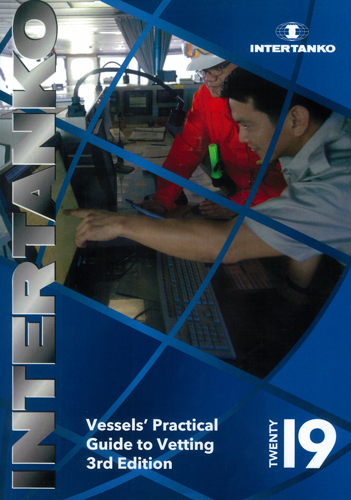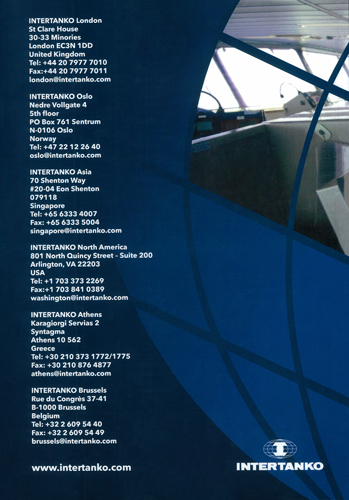Сб с 10 до 16
Vessels' Practical Guide to Vetting
Мы не можем гарантировать его наличие и поступление на наш склад по указанной цене
Издание на английском языке.
Risk management is an integral element of the vetting process and its importance cannot be overstated. Managing and mitigating any form of perceived risk is essential to ensuring that high standards of quality and safety are achieved, and ship vetting is a major part of the process that charterers follow when selecting ships for cargoes they are charged with. Ship inspections are, consequently, critical to the vetting process. The importance of positive vetting is recognised by owners, managers and ship staff alike. Those involved in their company's safety and quality operations invest a large amount of time, training and financial resources to contribute to the efforts needed to successfully trade their vessels.
Contents
Acknowledgements
Foreword
Introduction
Chapter 1. General Information
Chapter 2. Certification and Documentation
Chapter 3. Crew Management
Chapter 4. Navigation and Communications
Chapter 5, Safety Management
Chapter 6. Pollution Prevention
Chapter 7. Maritime Security
Chapter 8. Cargo and Ballast Systems - Petroleum
Chapter 8. Cargo and Ballast Systems - Chemical
Chapter 8. Cargo and Ballast Systems - LPG
Chapter 8. Cargo and Ballast Systems - LNG
Chapter 9. Mooring
Chapter 10. Engine and Steering Compartments
Chapter 11. General Appearance and Condition
Chapter 12. Ice Operations
Inspection Close-out Meeting
INTERTANKO Vetting Inspection Feedback Form




